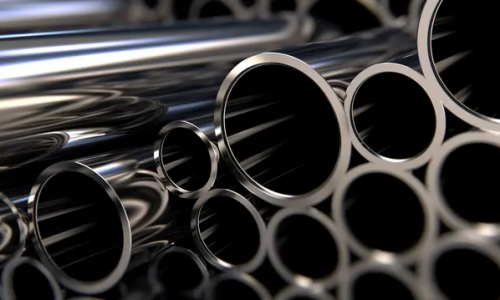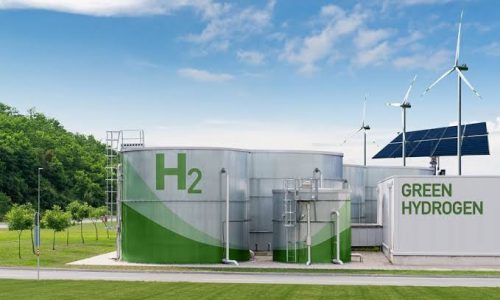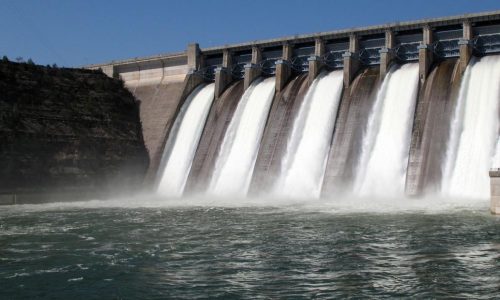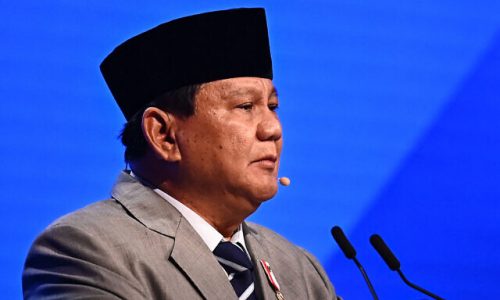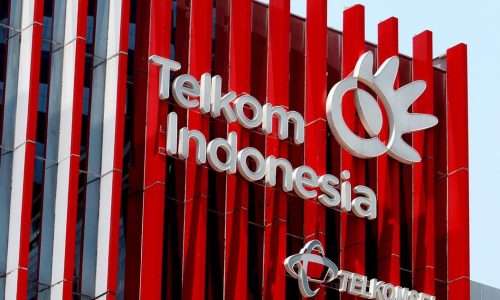The Indonesian government emphasized that it will remain focused on achieving Net Zero Emissions (NZE) through increasing the energy mix and using new renewable energy (NRE) such as solar cells. However, the government is yet to devise a recycling and sustainability schemes for used solar cells.
Failing to prepare recycling and sustainability scheme, presents a danger of accumulating solar panel waste, which will have a very significant impact on the environment in the future.
Focus on NRE
The focus on using New and Renewable Energy is in accordance with Indonesia’s roadmap to reach the Net Zero Emission target in 2060. Indonesia plans to increase the national energy mix to 87%.
With so many Steam Power Plants (PLTU) starting to be retired early in 2031, the government will have a New and Renewable Energy mix level of up to 71% by 2041.
“There will be no more Diesel Power Plants operating,” said Moeldoko, Chief of the Indonesian Presidential Staff (KSP).
On the other hand, with an increase in the energy mix and the use of New and Renewable Energy, Indonesia will switch to using Solar Power Plants (PLTS) and many segments of Indonesian society will also use solar panels.
As part of the national energy mix, PLTS including Hydroelectric Power Plants (PLTA) will dominate Indonesia’s energy mix in the future.
In addition, not only in Indonesia, but globally solar cells are used as a weapon to reduce carbon emissions.
Consequently, early retirement from PLTU and the use of PLTS will reduce gas emissions. However, this will present a new problem caused by solar cell waste and the lack of a recycling scheme.
Solar panel lifespan
Solar cells have an average lifespan of 25-30 years, and later they need to be disposed of and replaced.
Moreover, if there are no recycling facilities, waste or used solar panels could contribute to a massive global environmental disaster.
In relation possibilities of accumulation of waste, energy experts are calling for ways to prevent a global environmental disaster that can be caused by used solar panels. Experts predicted that the world may have mountains of solar panel wastes in 2050 if there is no planned disposal or recycle scheme for used solar panels.
“The world has installed more than one terawatt of solar capacity. Ordinary solar panels have a capacity of about 400W, so if you count both rooftops and solar farms, there could be as many as 2.5 billion solar panels,” says Dr Rong Deng, an expert in solar panel recycling at the University of New South Wales in Australia.
“We’re producing more and more solar panels, which is great, but how are we going to deal with the waste?” said Ute Collier, deputy director of the International Renewable Energy Agency.
Collier described the volume of scrapped solar panels could be huge. “By 2030, we think we’re going to have four million tonnes [of scrap] which is still manageable, but by 2050, we could end up with more than 200 million tonnes globally.”
In addition, with the many technological developments to renew solar panels effectively, efficiently and inexpensively, old solar panels may be replaced very quickly within 10-15 years.
Indonesia itself has several of the largest PLTS locations such as PLTS in West and East Bali and PLTS Likupang in North Sulawesi with 65,640 solar cells in 2022.
Recycling solar panels
Solar panels can be recycled into various small valuable parts that can be reused or made as raw materials to make new solar cells.
Currently, in the world there is only one company that recycles solar cell panels. The company is Return of Silicone (ROSI) from France, which is an innovative company in recycling solutions for raw materials from the photovoltaic industry.
Through various recycling processes at ROSI facility, solar panels can be recycled into valuable objects such as silver, copper, glass, aluminium, and silicon. The results of recycling can be reproduced into solar panels, asphalt, tiles, and sandblasting.
Furthermore, the lack of facilities for recycling solar panels was a result of the low amount of waste that must be processed or reused.



